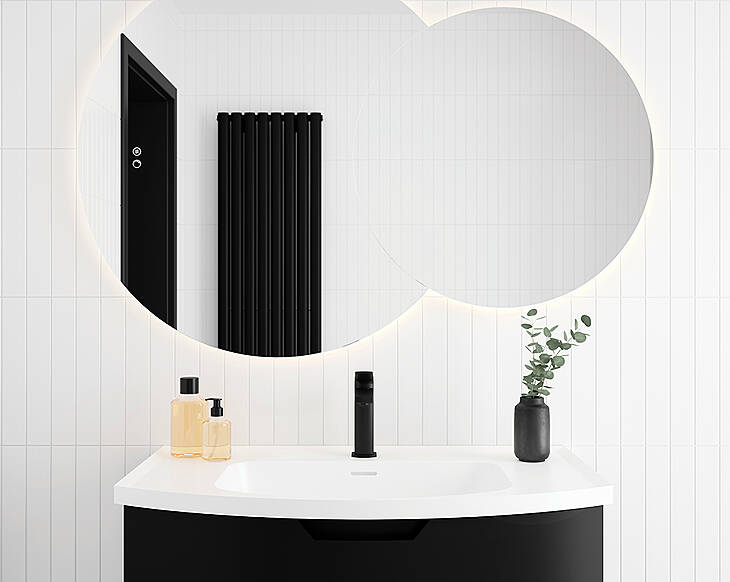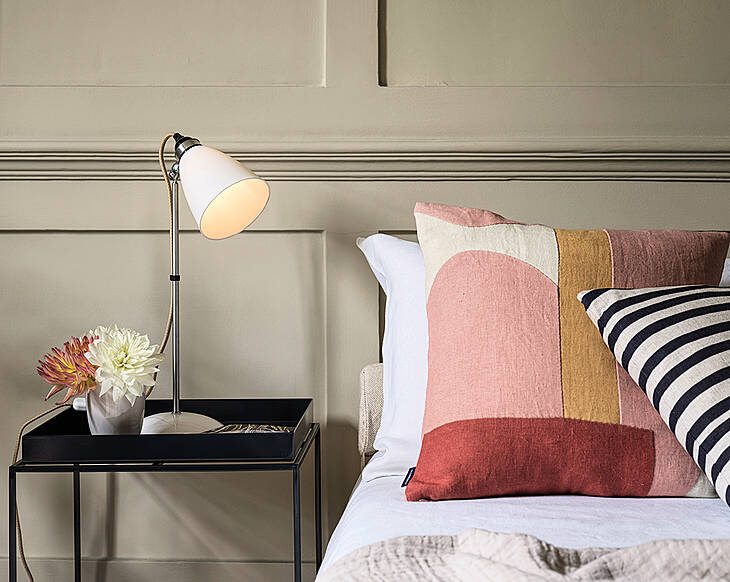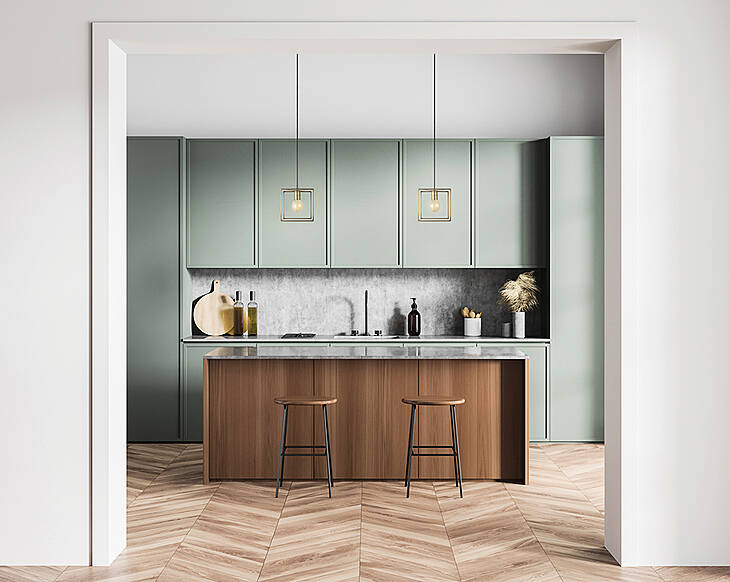Cut down your energy bills and make your home a little more sustainable with these smart energy saving ideas
Looking for energy saving ideas as the winter months approach and it's just about time to crank up the heating full blast for three months solid? Sometimes with old homes, you can blast the heating as much as you want, but it just won't take the chill out of the air.
Old homes may be full of character and interesting design details, but they were not build for energy efficiency, which can lead to big bills in autumn and winter.
However, fear not, there are plenty of simple adjustments you can make that can help your home retain some of that heat it's currently losing. It's all with the aim of warmer homes and reduced energy bills.
If you're taking on a larger renovation project in the near future, you may be able to implement some larger energy saving ideas, but in the mean time, these are achievable changes that could make a big difference when your energy bills land this winter.
1. Get a smart meter
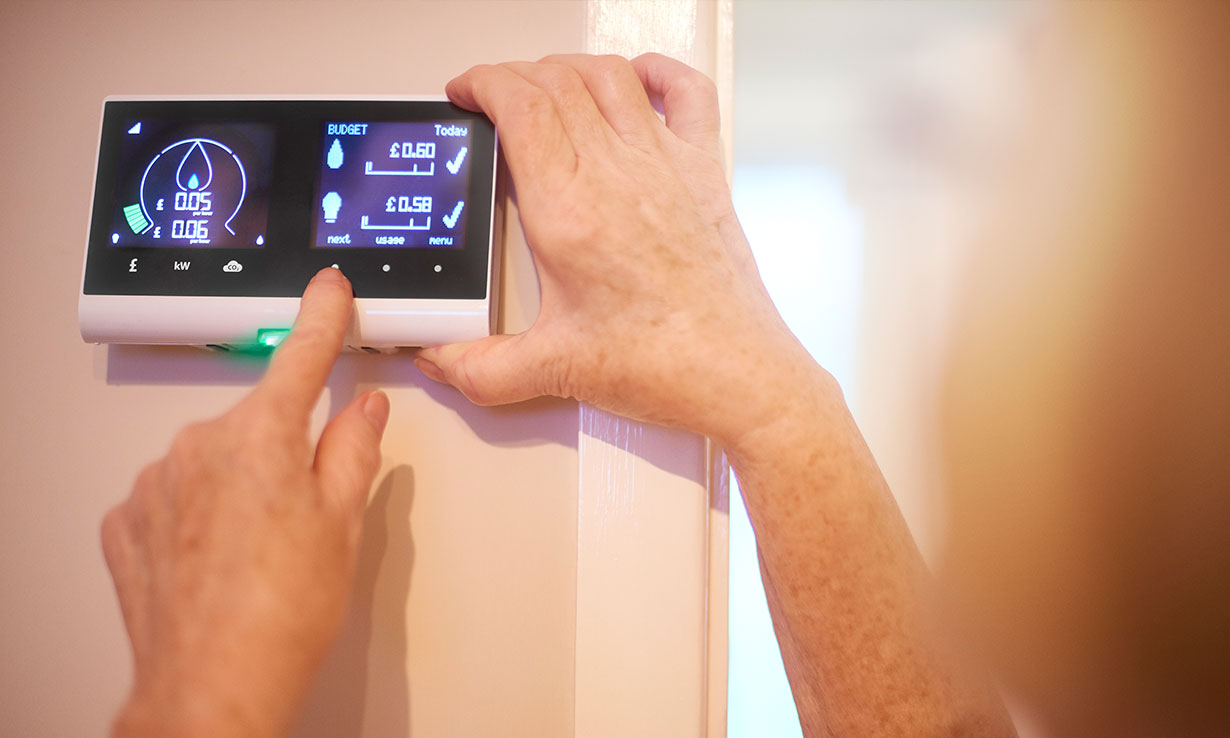
You might occasionally check your electricity or gas meter if you need to for a bill, but most people just let teh automatic readings tick over. However, installing a smart meter will allow you more easily access your readings, and in real time too.
Being able to easily monitor your energy use will have you figure out how well your house is performing on an energy saving (or not!) front, and where you need to optimise your use with energy saving ideas.
2. Draught-proof the windows and doors
If you've got an old home that you're still working on, you're probably more than familiar with slightly draughty windows and doors, sometimes complete with lovely rattling noises to boot.
Narrow gaps around windows and doors are usually the culprits for uncomfortable draughts, and while silicone sealants might be your first port of call, using draught strips which can removed in the future if required, are a better option.
On old houses, sash windows can also be a huge issue, but there are specialist companies who can install discreet draught-proofing measures.
3. Fill any gaps in the floorboards
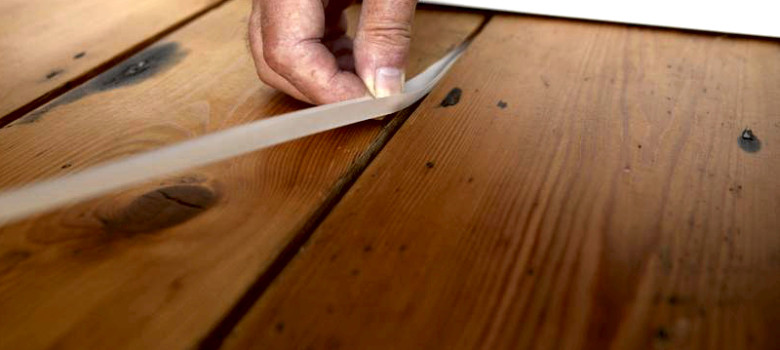
Similar to old windows, old floorboards can add a lot of character to a room, but they can also be the cause of a lot of heat loss. The gaps between them just call to the heat you're pumping around the house - sometimes it can be the equivalent to leaving a small window open the whole time. Yep, we're not taking a small draught here.
If you're looking for a quick and reasonably cost effective solution, a large rug can help provide some barrier to heat loss, but ultimately filling in the gaps properly will fix the problem permanently without damaging the floorboards' character.
4. Reflect heat from radiators
There can be heat loss through the walls, which you may not realise. Enhancers fitted behind your radiators help to reflect het back into the room, so it's not being wasted. This can make a huge difference - energy consumption aside - if you've got one of those homes that can never fully heats up, to help keep your home warm.
As well as preventing heat loss, it can save as much as seven per cent on heating bills, and they only cost about a tenner per radiator to install. This one's a no brainer.
5. Swap to LED lighting
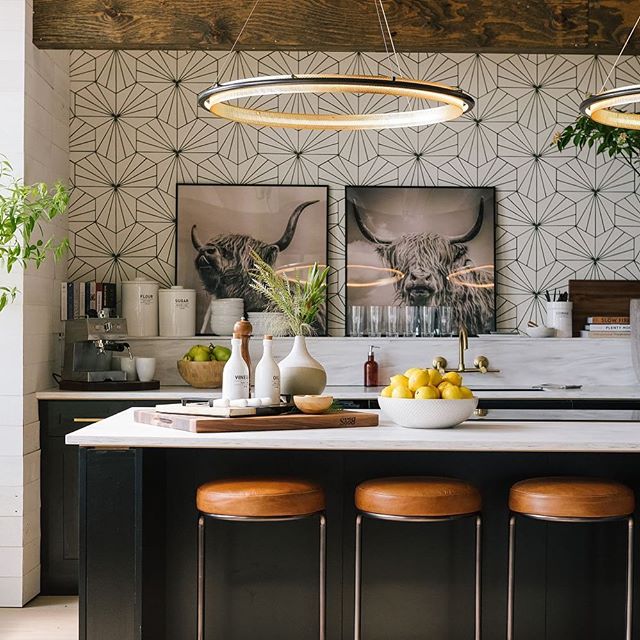
Older homes are often extremely energy inefficient and some of the fixes for that can involve major renovation works, which can run up big bills. However, updating your light fittings and swapping old bulbs for LEDs, which on average last 25,000 hours, pretty much instantly reduce electricity consumption.
LED lamps can be expensive to buy initially, which can put some people off, but if you do the maths, the electricity bill savings will usually offset the cost, so you're onto a winner, long term.
6. Fit secondary glazing
This update is a little more involved than changing lightbulbs, but thin glazing not only creates a cold internal surface, but it is also can be a major cause of draughts. Some people put up with the cool air because they love the original window frame designs. However, it's worth noting that as long as the windows are repairable, you can look at fitting secondary glazing.
As well as helping to insulate your home better, secondary glazing also cuts down on noise levels from outside.
7. Block the chimney
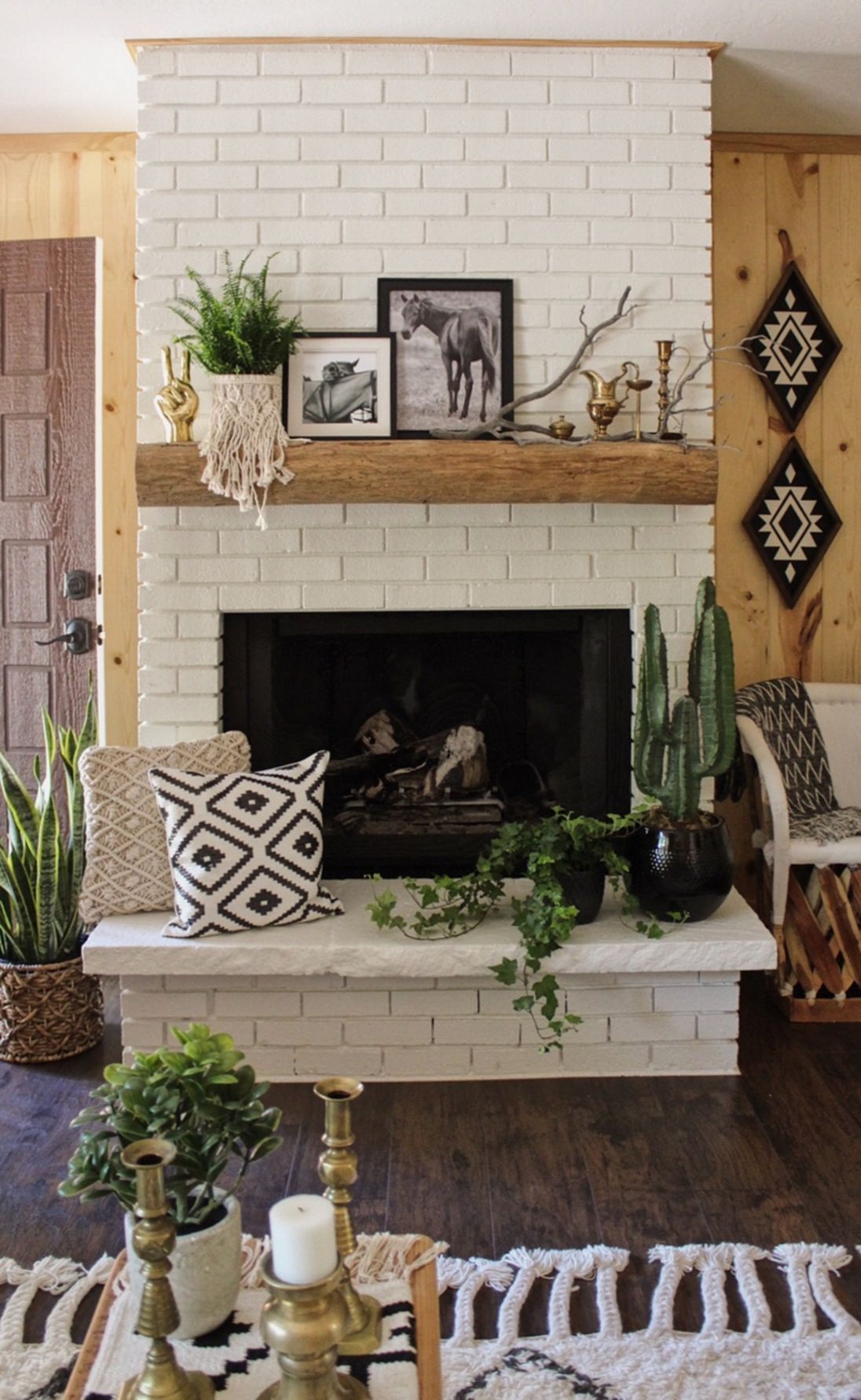
If you don't use your chimney often, you can buy devices that block the chimney and as a result, the draughts coming down it into your home. It's been calculated over four per cent of your home's heat is lost straight up the open chimney, so these thick layers of felt really make a difference.
Most can be removed when you want to light the fire, but if you know you won't ever want to, a chimney balloon might be a good option for you.









